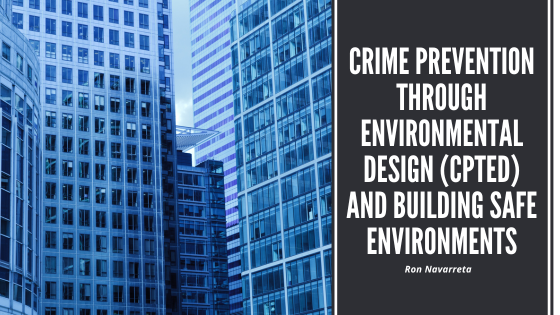Creating safe and secure environments is a shared responsibility. Crime Prevention Through Environmental Design (CPTED) is an innovative approach that aims to deter crime by designing and modifying the built environment. By implementing CPTED principles, architects, urban planners, and community members can work together to create spaces that discourage criminal activity and promote safety.
Natural Surveillance
One of the fundamental principles of CPTED is maximizing natural surveillance. By designing spaces with clear sightlines and removing visual obstructions, such as overgrown vegetation or blind spots, potential criminals are deterred as their activities are easily visible to others. Well-placed lighting, both functional and aesthetic, further enhances visibility and discourages criminal behavior. When people feel they can be seen, the perception of safety increases and criminals are less likely to target such areas.
Territoriality
Creating a sense of territoriality involves clearly defining ownership and boundaries within a space. This can be achieved through the use of signage, landscaping, and architectural features that indicate private or public areas. By instilling a sense of ownership and community pride, individuals are more likely to take responsibility for their surroundings, leading to increased vigilance and reduced crime rates. Incorporating community spaces, such as parks or plazas, can foster a sense of ownership and encourage positive social interactions, further enhancing safety.
Access Control
Effective access control measures ensure that spaces are used by their intended users and deter potential criminals. This includes designing entrances and exits in a way that allows for easy monitoring and control, using security systems and technology to restrict unauthorized access, and implementing measures such as fencing or gating to limit entry points. Access control not only prevents unauthorized entry but also promotes a sense of security and safety for those within the space.
Environmental Maintenance
Maintaining the built environment is crucial for ensuring safety. Neglected or poorly maintained spaces can create an environment conducive to criminal activity. Regular upkeep of landscaping, lighting, signage, and infrastructure demonstrates community pride and sends a clear message that the area is monitored and cared for. This discourages criminal behavior and enhances the perception of safety for residents and visitors.
Community Engagement
Building safe environments is a collaborative effort that requires active community engagement. By involving community members in the design and decision-making processes, a sense of ownership and investment in the space is fostered. This can be achieved through public consultations, community workshops, and partnerships with local organizations. Engaging the community not only provides valuable insights and perspectives but also strengthens social cohesion and creates a network of individuals invested in the safety and well-being of the environment.
Crime Prevention Through Environmental Design (CPTED) offers a proactive and effective approach to building safe environments. By maximizing natural surveillance, promoting territoriality, implementing access control measures, maintaining the environment, and engaging the community, we can create spaces that deter crime and foster a sense of safety and security for all.

